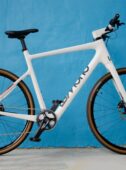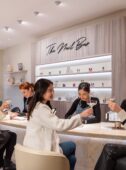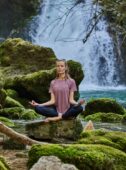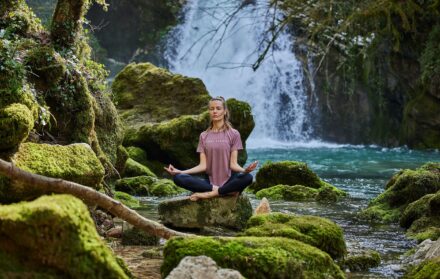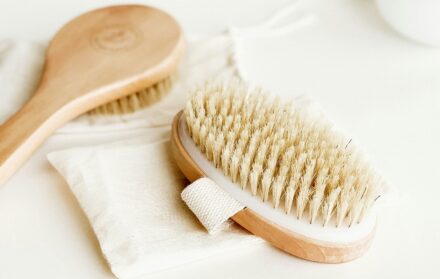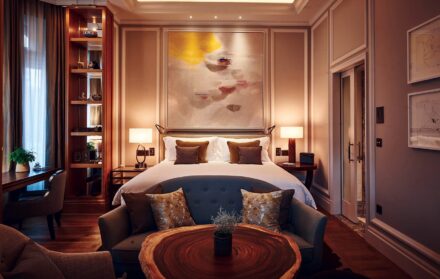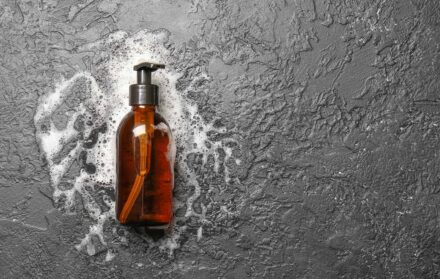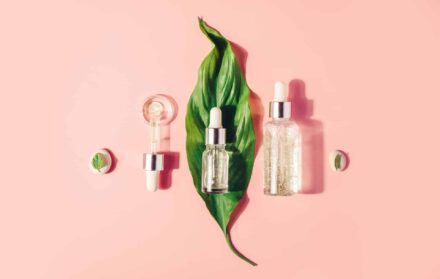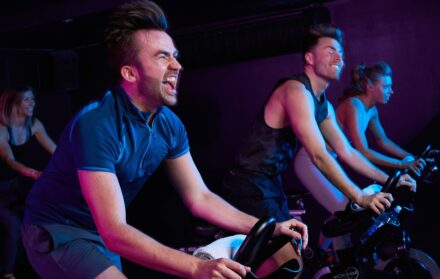
Kodo Nishimura: In conversation with the monk in makeup
Luxury London sits down with the makeup artist and LGBTQ+ activist to talk makeup artistry, Buddhist teachings for the modern age and his new book This Monk Wears Heels
When you think of a Buddhist monk, Margiela Tabi boots and a Telfar shopping bag don’t typically spring to mind. Kodo Nishimura, however, is anything but typical. Accessorising his indigo tie-dye robes with a black beret, pearl earrings, playful gemstone jewellery, and, of course, an expertly applied face of makeup, Nishimura exudes the kind of quiet confidence that is simultaneously calming and welcoming.
We meet in a peaceful space tucked away within Pantechnicon: the Belgravia shopping, dining and event space where Nishimura is hosting a series of events drawing on the many facets of his life, including his burgeoning makeup career, his Buddhist practice and his Japanese heritage.
But, before we get into all that, a little background. Growing up in his family’s Tokyo temple, Nishimura felt the weight of expectation on his shoulders and – like so many in the LGBTQ+ community – struggled to find his place in a society built on staunch hetero-normative principles. Rebelling against the path that was laid out for him, at age 18 Nishimura travelled to Boston to study, later moving to New York to attend Parsons School of Design and train as a makeup artist.
It was here that Nishimura found his calling, going on to work at the Miss USA and Miss Universe pageants, where he was encouraged to embrace and celebrate his unique self. Returning to Japan to undergo training at the Pure Land School of Buddhism, Nishimura struggled to reconcile his homosexuality with becoming a monk, yet found that through acceptance and pride, he could be a beacon of hope for young people also struggling with their identity. Since becoming certified as a monk, Nishimura has become a well-known LGBTQ activist both in Japan and worldwide, having appeared on Queer Eye’s Japanese spin-off series and through his popular Instagram feed.
Our conversation also marks the release of Nishimura’s debut book, This Monk Wears Heels. Peppered with meditation tips, Buddhism explainers and confidence-building exercises, the book recounts his own journey from struggling to fit in as a boy at school to thriving as a gender-gifted makeup artist, activist and fairy godmother. He gives us a sneak peek of what to expect…
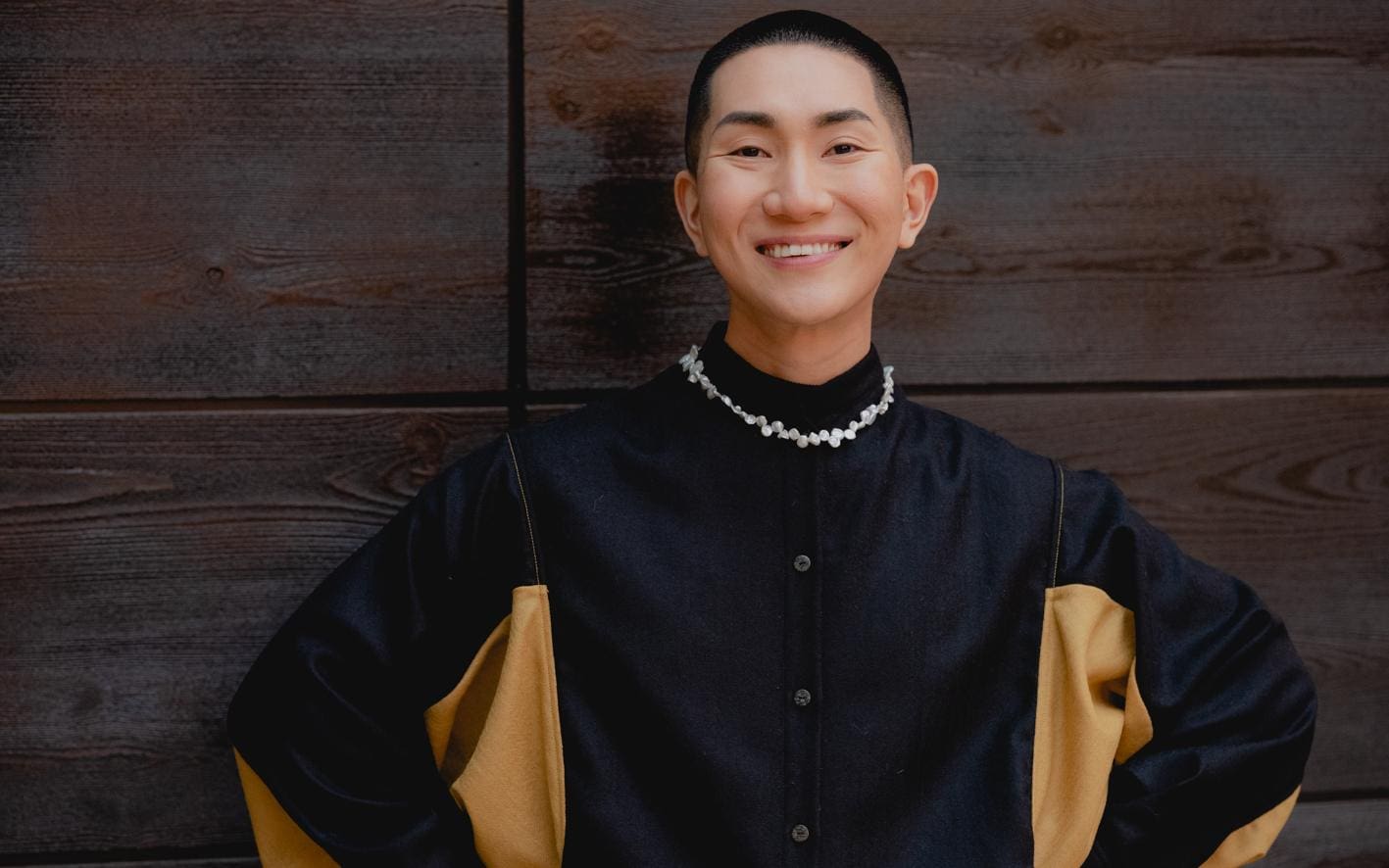
What was it like growing up in a temple in Tokyo?
There were a lot of places to play. We would play hide and seek in the graves. In the monk ceremony hall I would role play as Cinderella, or stack chairs and pretend to go shopping with my friends. But I didn’t like that people would expect me to become a monk as well, like, ‘Are you practising chanting already’ or, ‘do you have to shave your head in the future?’ That was frustrating.
You rebelled against Buddhism at first, moving to the States and becoming a makeup artist, but you found your way back and did become a monk. Was it a challenge to bring those two parts of yourself together?
Yes. I thought that Buddhism was not okay with homosexual people, glamorous people. But one of the headmasters told me that it’s okay, that ethnicity, sexuality, gender, it doesn’t matter at all. The most important message is to show people that we can all be liberated equally, regardless of our differences. And the delivery of that message is the role of a monk. Of course, there are monks who like to be strict with how it has been, but I don’t think that’s relevant to people today. We need to share knowledge, embrace everybody, respect each other, and be friends.
As you mention in your book, you shaved your head before returning to Japan for your monk training. Was that a transformational experience for you?
It was frightening, I didn’t want to be shaved. I thought that all my beauty had been taken away. But my boss at Miss Universe said, ‘Oh, you actually look good with a shaved head. Why don’t you try black lipstick?’ She pulled out some eyeliner to draw my lip line and created a really nice shape. I realised I was the one who had a prejudice that I had to have long hair or look a certain way, but there are other options for me to feel beautiful.
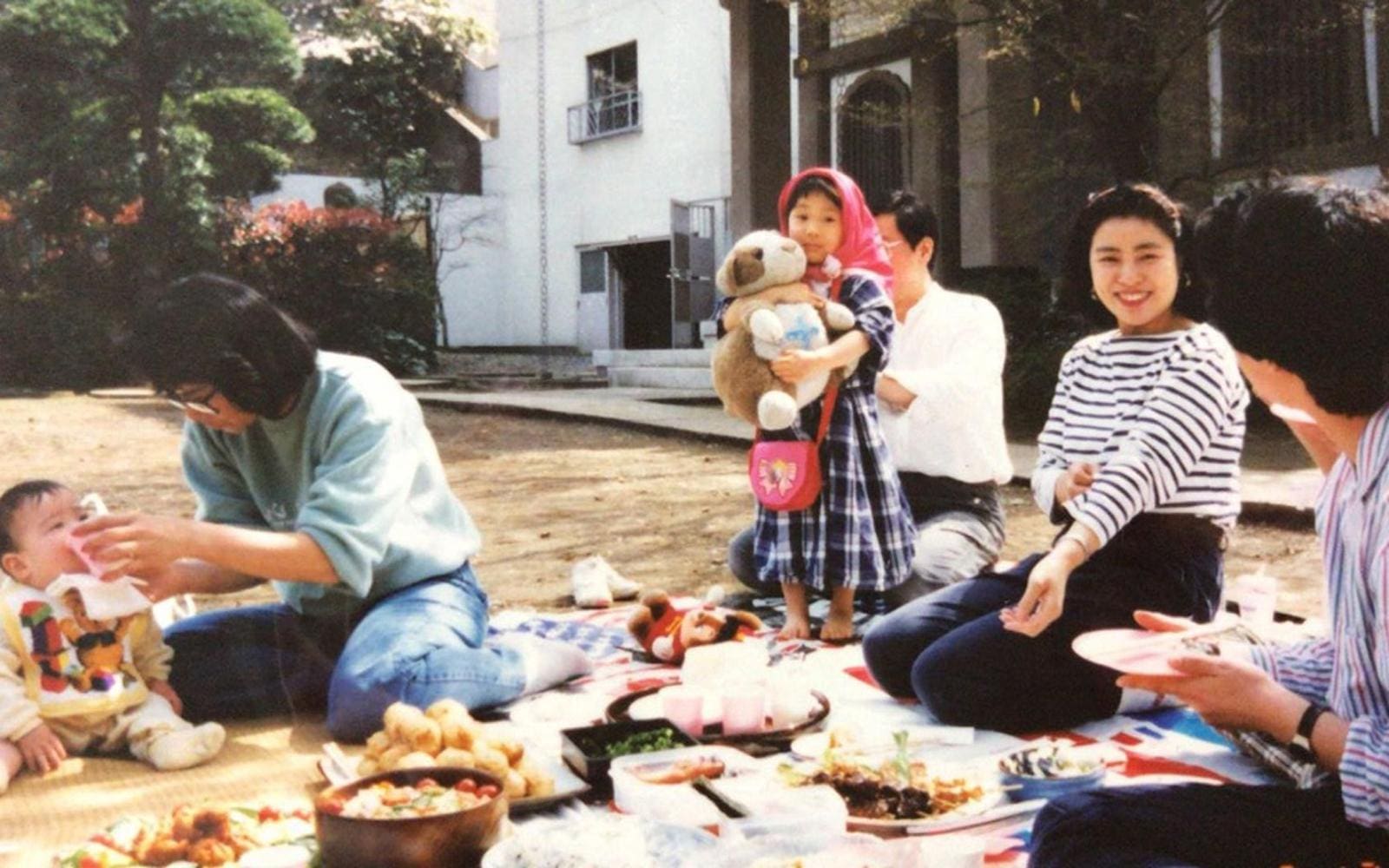
How do you think fashion and makeup can work as tools for self-discovery?
I think makeup and fashion help us express ourselves, and when we learn how to express ourselves, the understanding of who we are changes. I used to hate my eye size, but by applying eyeliner I learned that I’m not who I think I am, I can be who I am, and my eyes can look bigger. It’s the same with my personality or potential. I used to think because I’m homosexual I cannot be accepted. But I can be. Fashion and makeup are a visual aid that helped me to understand that I can be beyond what I used to believe.
Your father is a monk, are your parents supportive of your path and what you’re doing?
My father was concerned about whether I could be accepted if I came out publicly. He was very worried about how the Buddhist community would react to me, but other monks would tell my father, ‘Kodo is our school’s treasure, he can be a hope’. He received a lot of compliments from his co-workers and followers of the temple and that really convinced him that I have become somebody he never imagined me to be.
What I came to realise is that my parents are actually the type of people who will defend LGBTQ people. When we think about religious families or parents, they are often associated with being opposing, but my parents fight for us. So I was lucky.
Is there still resistance to LGBTQ+ equality in Japan and in Buddhism?
Yes, there is a boundary. I know there are a lot of media and books and TV shows that talk about LGBTQ topics in Japan, but people on the street don’t necessarily know about it in detail. Many of them say that they don’t know anybody who belongs to the community, which is crazy.
How are you working to change perceptions of LGBTQ+ culture in Japan and Buddhism?
Just my existence is impactful but my main tactic is using something fun and inviting to reach people. Recently I created a rainbow sticker with the Japan Buddhist Federation, which is like a tiny United Nations of Japanese Buddhist Schools that consists of like 26 schools. It can be posted on the entrances of Japanese temples to show that they are welcoming to the LGBTQ community. Whenever there are activists trying to make pride parades happen, I help them and I dance in the parade in my monk robe.
I’m also the face of Shu Uemura foundation and I’m doing a pride collection with them in June. I think when it’s friendly and approachable, it’s easier to learn.
Something which aided you with your own journey was the sutra teaching of not lying to your own heart and just accepting who you are. How do you think this can help others?
It’s a hard decision but if you keep lying to yourself, it can burst somewhere else. Maybe you will be cruel to other people because you’re constantly frustrated. Knowing that things won’t change unless you become yourself is going to help you to take according actions.
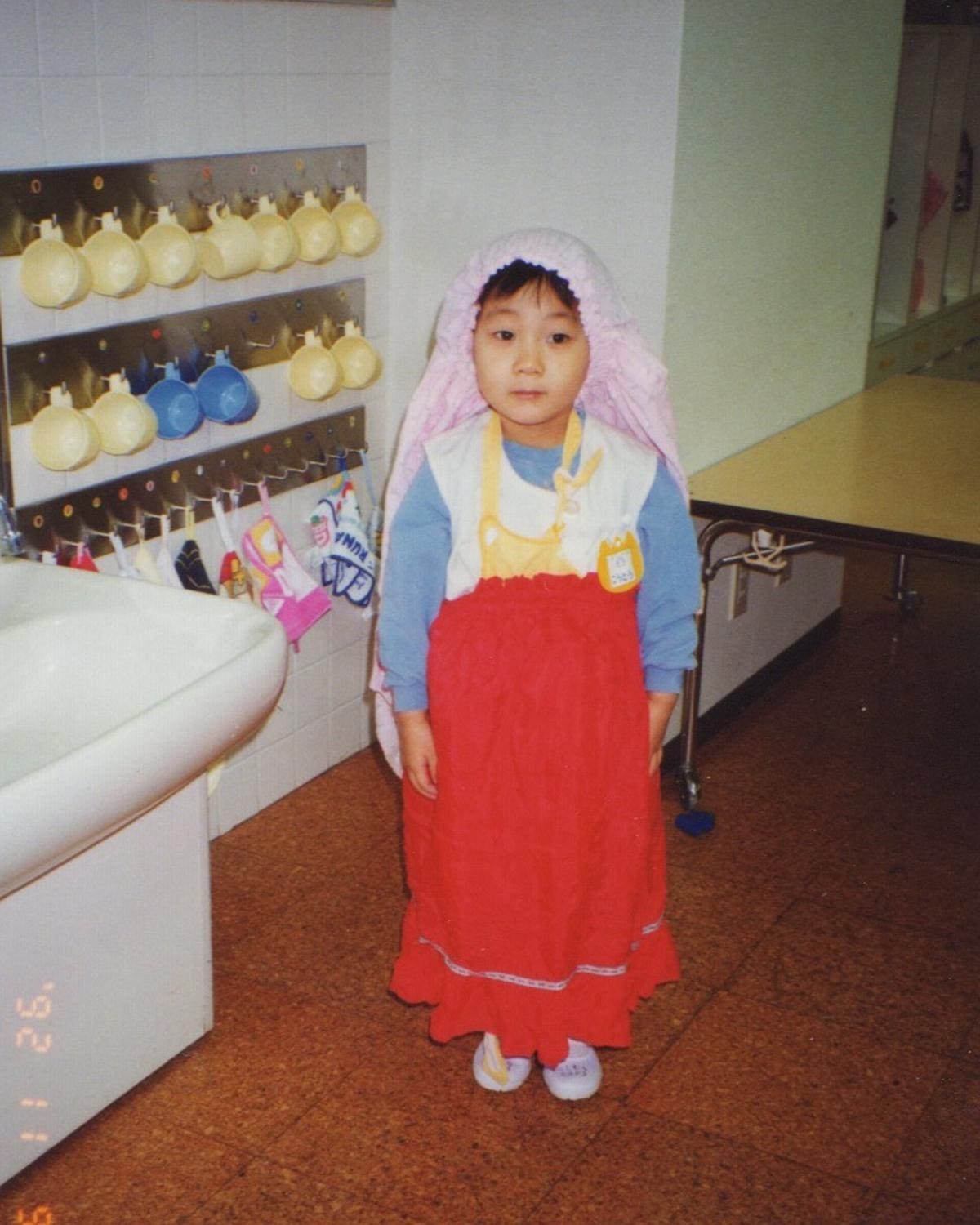 | 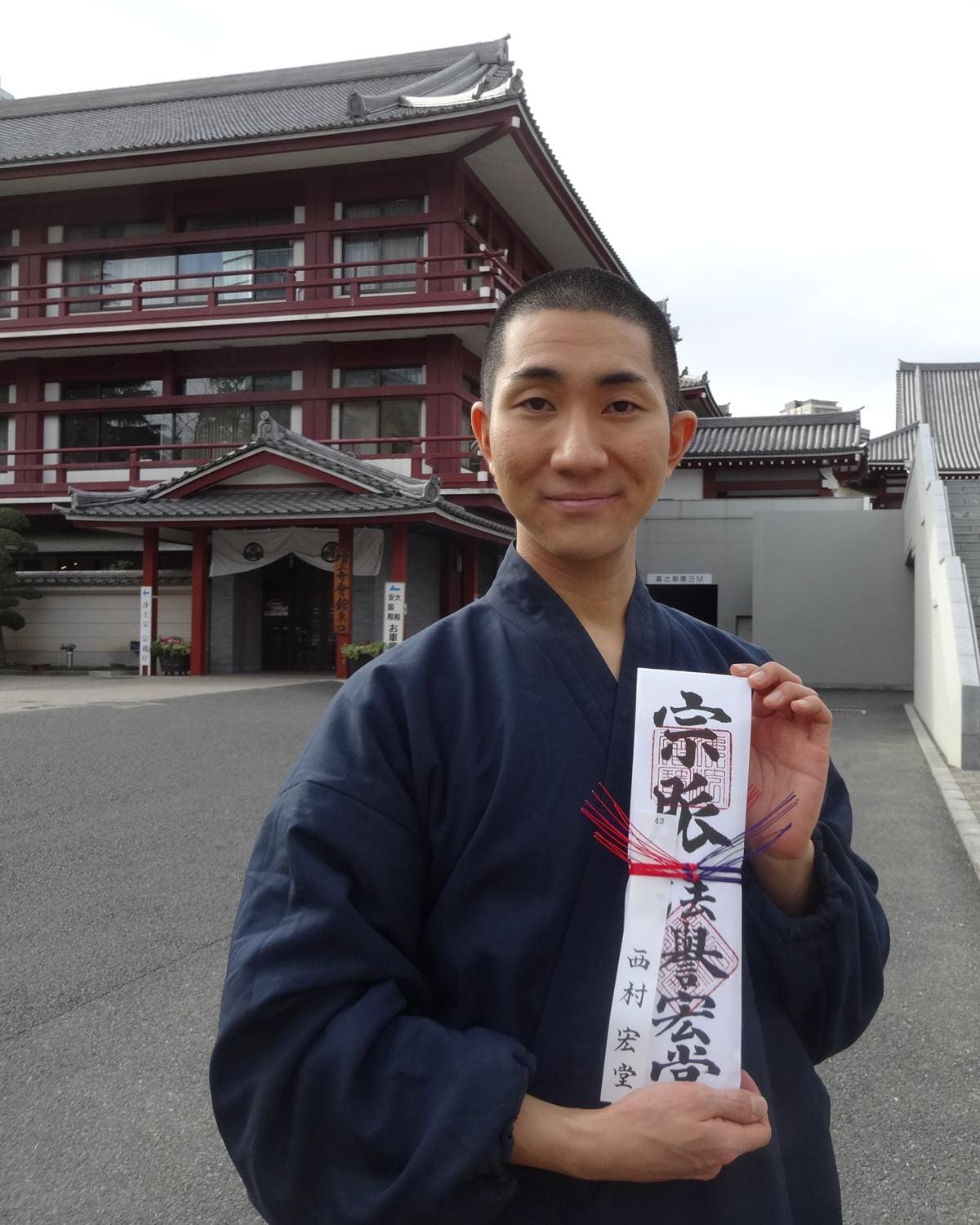 |
Were you ever worried about how your decision to become a monk would be received in the LGBTQ community?
Religion is often a hindrance for people to be free. It can limit people, but if another religion or religious speaker encourages someone to be free, it can give them space to grow, space to breathe, even if they don’t convert. I don’t ask anybody to convert. I really feel that religion is about ideas, not something that you must belong to.
Is there anybody who you’ve met along your journey who really stood out or inspired you?
I was really happy to do makeup for Halle Bailey, who has been cast as Ariel in the reboot of The Little Mermaid. To be able to do makeup for her was really a full circle moment; I used to draw and play as Ariel as a child, and now Ariel is breaking boundaries, being of African descent. The fact that she can be cast as Ariel, it’s really groundbreaking. It’s just all about validating anybody in the world regardless of religion, background or sexuality.
You reference LGBTQ+ icons in your book, such as RuPaul, Carson Kressley and Karamo Brown, how have these individuals helped you to forge your own path towards self-acceptance?
The person who really empowered me was Carson Kressley. I saw him on TV when I was 12 or 13. Queer Eye for the Straight Guy was one of the first TV shows I saw where people were out and they are helping people. In Japanese anime and TV shows, they humiliate and demonise LGBTQ+ people, but Carson showed me that we can be heroes. Later, I got to do his makeup and now he’s supporting me with the book. He has been my fairy godmother.
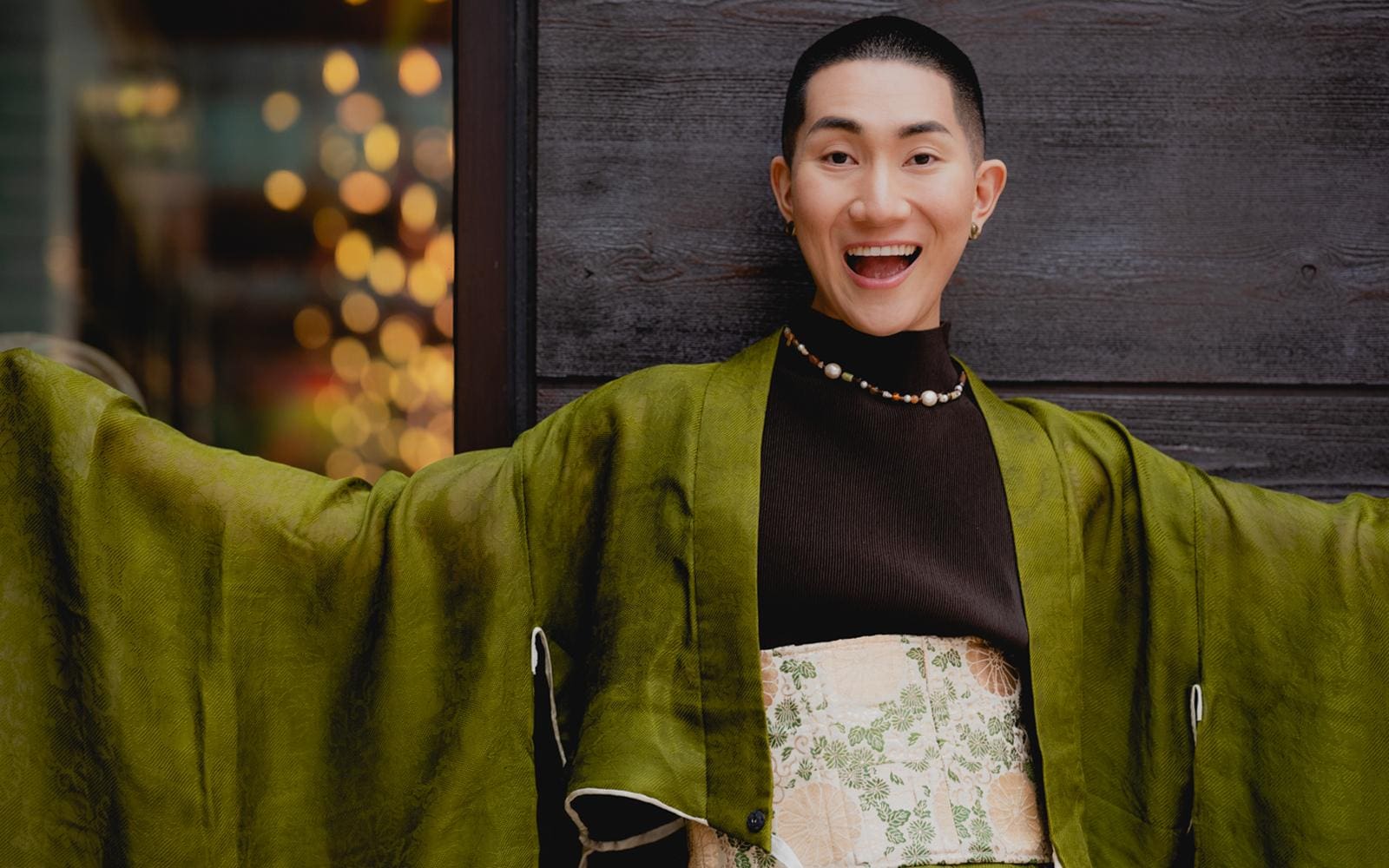
What have you found to be the most rewarding part of your journey?
I was doing makeup clubs and a transgender person who was beginning their transition came in. She was afraid to be perceived as a trans woman, or for her identity to be questioned, but I told her that you have to make up your mind. If you’re doing a little here and there, that’s when people are going to notice and point it out. But if you make up your mind that ‘this is who I am, I’m a woman and I wear beautiful makeup,’ then that determination will change the environment around you, because you have conviction in yourself.
After that she started wearing more makeup; that talk and the makeup technique combined made magic for her. That was really rewarding because I was once in her shoes, wondering ‘should I wear makeup, are people going to know?’ But when I decided, I wasn’t afraid to show who I am, then I was able to inspire other people.
If you could say anything to that little boy dressed in his mother’s skirt in the temple, what would you tell him?
You’re doing the right thing. Everybody else tells you no, but they don’t know anything, so don’t listen to them. I’m where I am now because I didn’t give up dressing up as a princess.
Kodo Nishimura is hosting a series of events from 16 – 20 March at Pantechnicon, his debut book This Monk Wears Heels is available now.
